List of author's articles
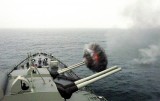
Almirante Grau - The last classic cruiser
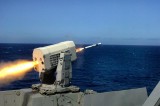
Anti-missile RAM system

ANZAC: Frigates from Down under
In August 2006, the frigate HMAS Perth was officially put into service. This is the last tenth ANZAC class vessel built for the Australian and New Zealand navies. Frigates of this type are interesting for the application of the modular concept of MEKO and for their numerous continuous modernizations.
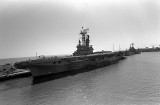
ARA Vienticinco de Mayo vs. Task Force 317
The Argentine fleet did not play a major role in the Falklands War in 1982, despite initial bold intentions. Right at the beginning of the conflict, it was planned to attack aircraft from the aircraft carrier ARA Vienticinco de Mayo on Task Force 317, which was to eliminate its British counterparts, and thus air cover. It almost came to the first battle of aircraft carriers since the end of World War II, but everything was ultimately decided by British nuclear submarines.
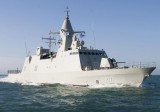
Baynunah class corvettes

Congo and Atago class destroyers - Part 1

Congo and Atago class destroyers - Part 2: Against ballistic missiles
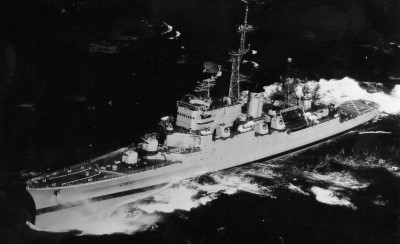
De Grasse and Colbert - long-lived swell (2. part)
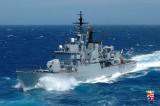
Forgotten Saddam's fleet
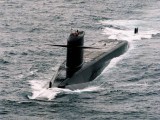
French Le Triomphant class
The backbone of the French nuclear deterrent force is currently the Le Triomphant class nuclear submarines. There are 48 M45 and M51 ballistic missiles on board, for which a total of 249 nuclear warheads are available after the reduction in weapons of mass destruction announced in 2006.
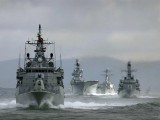
Frigates MEKO 200TN and 200HN (1) - Bestseller in Turkish presentation
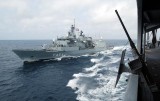
Frigates MEKO 200TN and 200HN (2) - Greek rivals
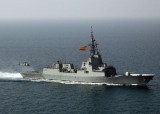
Frigates of the Álvaro de Bazán class
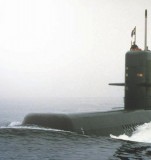
Gotland class submarines - Evolution of the Swedish AIP propulsion

Gotland-class submarines - A silent fear of the US Navy
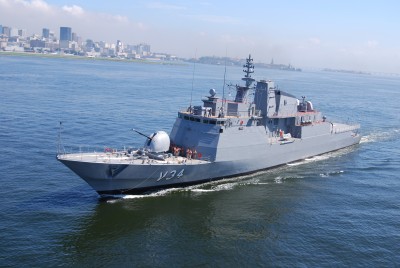
Inhaúma class corvettes
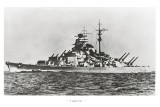
Legend named Tirpitz - Part 1
November 12, 2014 is a commemoration of the 70th anniversary of the sinking of the German battleship Tirpitz . This famous vessel gained great respect from its opponents without ever participating in a regular naval battle. In the introductory part of the series, we describe the first, more active period of his service in the Kriegsmarine.
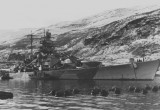
Legend named Tirpitz - Part 2
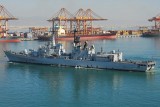
Luigi Durand de la Penne - Armament Controversy (Episode 2)

Luigi Durand de la Penne - The pinnacle of the evolution of Italian destroyers (part 1)
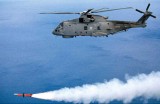
Marte anti-ship missiles
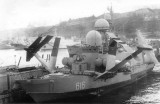
MRK-5: Hurricane with a speed of 60 knots

Nanuchka class corvettes - Part 1

Nanuchka class corvettes - Part 2

Nanuchka class corvettes - Part 3
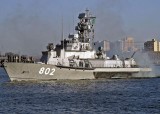
Nanuchky for export

Naval Avengers
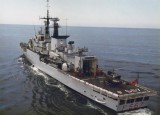
Otomat and Milas (1)
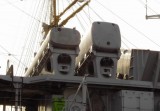
Otomat and Milas (2)

Seawolf class submarines - Part 1
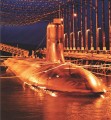
Seawolf class submarines - Part 2
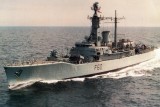
Seawolf missile system
Seawolf is the first representative of Western naval anti-aircraft systems also designed to destroy anti-ship control systems. The system has achieved considerable expansion in the Royal Navy , but despite the hopes placed in it by its manufacturer, it has not been able to make a significant impact abroad. The exemplary start of an operational career combined with a successful combat deployment in the Falkland conflict did not help.

South Korean Destroyers KDX (Part 1)

South Korean Destroyers KDX (Part 2)

Thai frigates - Made in China
The invisible shield of the Norwegian fjords Skjold
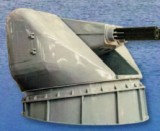
The most powerful naval twenty-fives
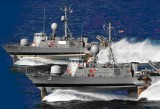
The Pegasus Saga - Part 1: From Asheville Avenue to hydrofoils
The Pegasus Saga - Part 2: Rocket Boat Killers
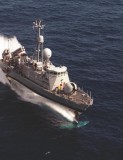
The Pegasus Saga - Part 3: The rise and fall of the winged steed
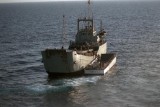
US Special Forces in the Tanker War or Secret Operations in Indian country
US involvement in the tanker war - Operation Earnest Will, which was tasked with protecting Kuwaiti tanker convoys, was inherently linked to the participation of US Special Forces. These fought a covert war with the Iranian Revolutionary Guard operating in the northern regions of the Persian Gulf called "Indian country" for almost a year.
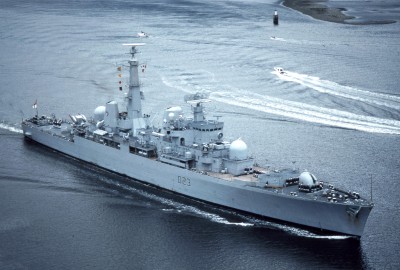
White elephant of the post-war Royal Navy
Join us
We believe that there are people with different interests and experiences who could contribute their knowledge and ideas. If you love military history and have experience in historical research, writing articles, editing text, moderating, creating images, graphics or videos, or simply have a desire to contribute to our unique system, you can join us and help us create content that will be interesting and beneficial to other readers.
Find out more